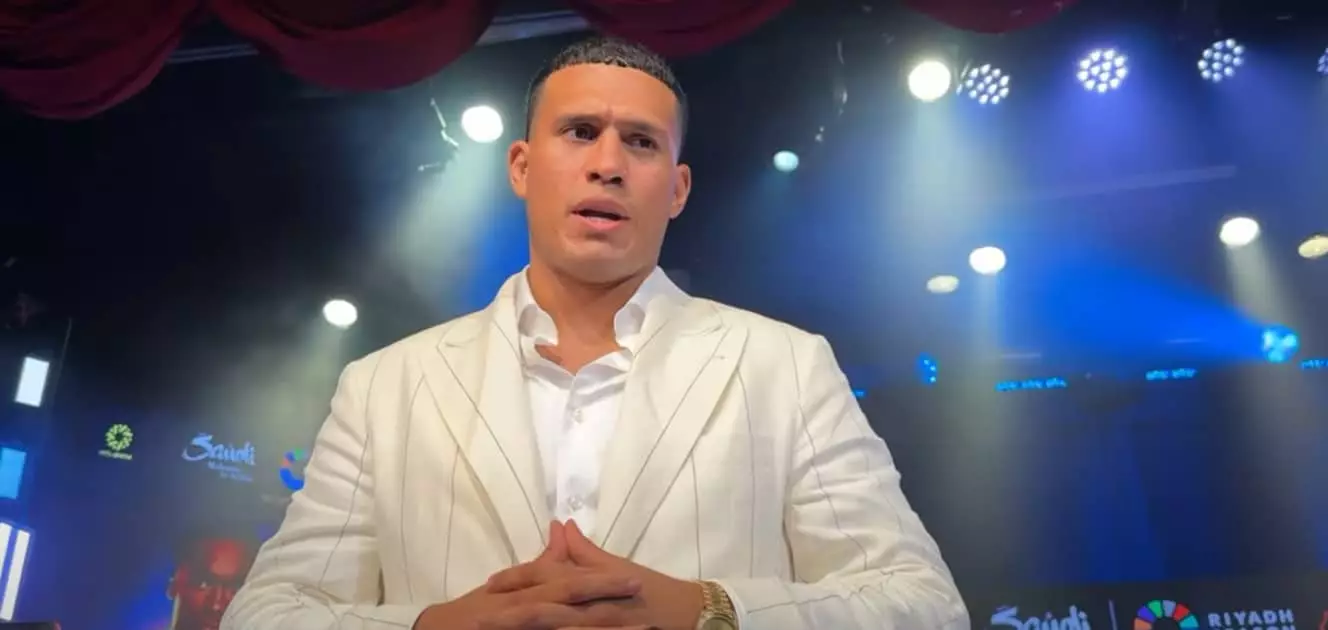Boxing, often hailed as the sweet science, is as much a mental game as it is a display of physical prowess. For a champion like David Benavidez, the ability to critically assess oneself becomes a crucial element of greatness. It’s easy to bask in momentum and assume constant dominance, but true champions are those who scrutinize their weaknesses with unflinching honesty. Benavidez’s recent statements reveal a fighter aware of his limitations—specifically, his past reliance on headhunting and stamina gaps when pressed by highly technical opponents. This self-criticism is not just humility; it’s a strategic recognition that evolution can define careers. When a fighter acknowledges flaws like a tendency to tire and a lack of body attack, they set the stage for intentional change. It’s a bold step that indicates a hunger not just to win, but to elevate themselves to truly elite status. However, critical introspection must be paired with disciplined execution; without it, self-awareness alone is insufficient.
The Tactical Shift: Incorporating Body Shots as a Game-Changer
Benavidez’s plan to introduce body shots into his fighting arsenal reflects an understanding that unpredictability and versatility alone are not enough—they must be coupled with precision. Historically, he’s relied heavily on rapid head movement and punches to the head, which, against top-tier technical fighters like Gvozdyk and Morrell, proved taxing and ultimately exposed vulnerabilities. His acknowledgment of this pattern is insightful, signaling a desire to adapt before a potential decline or defeat. Successfully integrating body shots could act as a catalyst in wearing down opponents like Anthony Yarde, who, despite his power, might struggle against a disciplined attack focused on the liver and ribs. This tactic not only aims to sap Yarde’s stamina but also forces him to consciously adjust, creating openings for headshots. Yet, this approach requires finesse; uncalculated body attacks can leave Benavidez exposed, especially against a puncher like Yarde who has shown resilience and punching power that could turn the tide if countered effectively. The balancing act between aggression and defense becomes paramount.
Balancing Aggression with Defense: The Risks of Style Modification
A major concern with Benavidez’s plan to lean more into body shots is the inherent risk of leaving himself vulnerable, especially considering his recent bouts where he looked fatigued or was hurt. The sport demands not just aggression, but disciplined caution. Against a formidable opponent like Yarde—27 wins with 24 knockouts—the danger of opening up to counterattacks cannot be overstated. Yarde’s hit power means that every lapse in defense on Benavidez’s part could turn catastrophic. Moreover, the temptation to alter stylistic approaches must be tempered with the understanding that these changes might compromise his core strengths. Benavidez’s relentless pressure and volume punching have historically overwhelmed opponents; shifting focus might slow down his rhythm or expose gaps. It’s a gamble, and one rooted in a desire to win with methodical efficiency. Should this tactical change prove successful, it may redefine what kind of fighter Benavidez truly is—more calculated, versatile, and finally capable of overcoming stylistic hurdles. Yet, if misjudged, it risks combusting his career’s momentum.
The Political and Emotional Dynamics of the Division
Beyond the canvas, the political landscape of boxing complicates Benavidez’s pathway to greatness. There’s little doubt that his ambitions are hindered not just by opponents’ skills but also by the sport’s matchmaking politics. Dmitry Bivol’s apparent disinterest in facing Benavidez underscores how lucrative and yet perilous certain fights are. Bivol, having amassed wealth and prestige, is understandably cautious about a stylistic matchup that favors the aggressive, well-rounded Russian-based champion. Conversely, Benavidez’s fans yearn for high-profile bouts that could cement his legacy. The opposition he faces, like Yarde, may not be the marquee names he desires, but they offer opportunities for growth and validation. The internal conflict between chasing a legacy and navigating the sport’s political intricacies is a constant tension. Benavidez’s willingness to innovate, to adapt his style for strategic gains, suggests a fighter eager not just to win but to craft a narrative of resilience and evolution.
The Road Ahead: Shaping a New Identity in the Ring
The upcoming fight against Yarde stands as a pivotal moment—an opportunity for Benavidez to demonstrate that he’s more than just a relentless brawler. By incorporating body shots and refining his skills, he could redefine his approach and elevate his status in the sport. Yet, this transition is fraught with challenges. It demands discipline, tactical intelligence, and an unflinching commitment to self-improvement. There’s a compelling narrative here—an athlete craving to shed the limitations of past performances and forge a new identity built on versatility and strategic mastery. This fight may serve as the blueprint for the champion he aspires to be: one who combines aggressive pressure with nuanced, calculated attacks. If executed correctly, this evolution could turn Benavidez into a complete fighter capable of overcoming stylistic obstacles and cementing his legacy as one of the best in the world. However, the risks are as substantial as the rewards, and only through meticulous preparation and ruthless self-criticism can he truly harness his potential.

